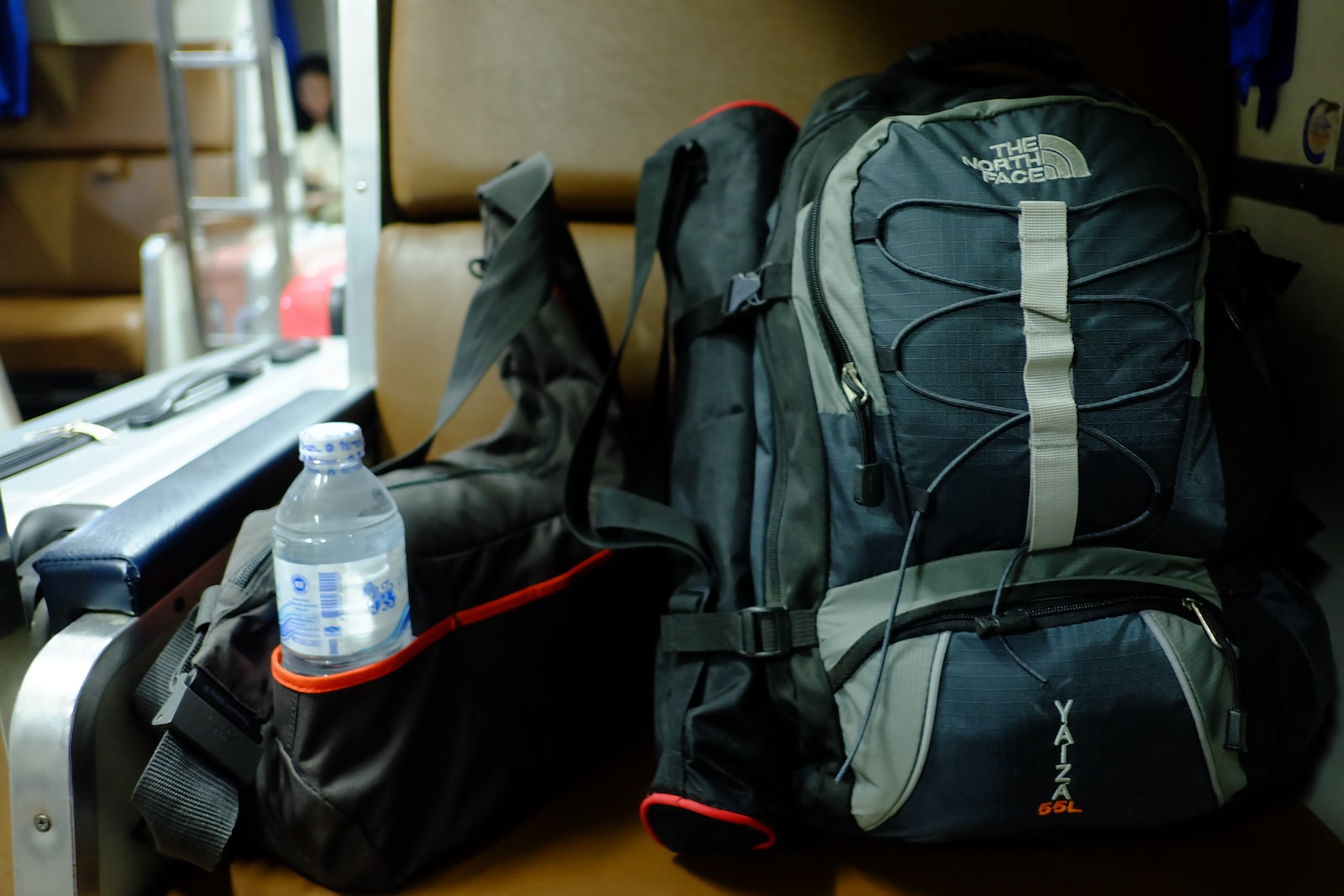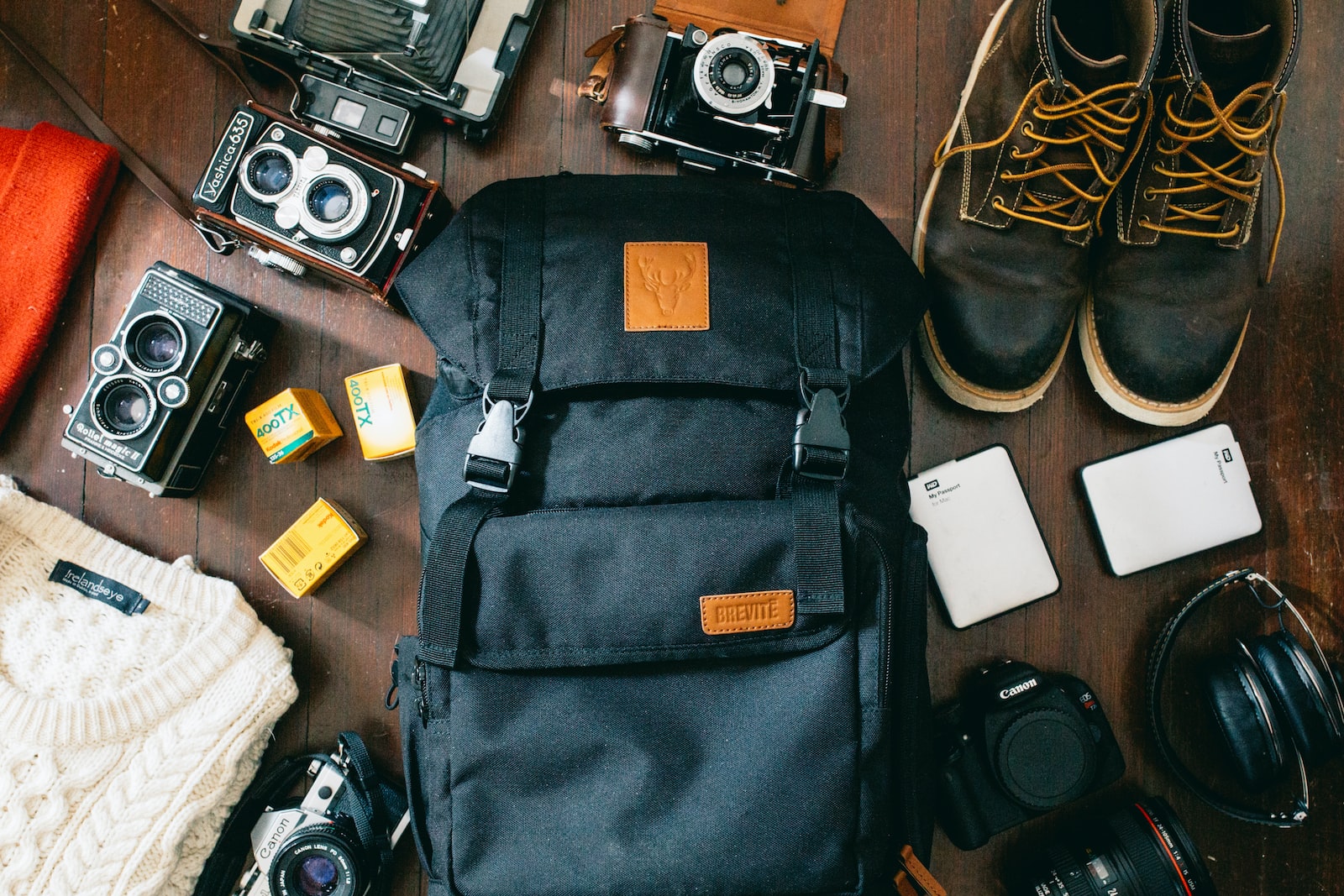Backpack travelling is an increasingly popular way to explore the world, and not just limited to hostels and backpackers. In fact, backpack travel can be an enjoyable and stylish way to explore new places.
Backpack vs Suitcase
Backpack travel and suitcase travel offer different advantages depending on the situation, but backpack travel often has more flexibility. Backpacking is a great option for those who want to explore new places with minimal fuss; rather than worrying about where to store heavy luggage or being tied down to set routes due to airline regulations, a backpacker can hop on and off trains, buses, or planes with ease.
Just imagine leaving Rome on a train to Venice and wanting to stop for a few hours along the way to visit Pisa. A backpack will see you walk straight off the train with all your travel belongings, while a suitcase will leave you scrambling for a place to store your luggage or have it slow you down as you attempt to carry your heavy luggage around the attractions, or through the cobblestone roads.

Backpack for air travel
If you’re planning an air trip, there are specific backpack designs that work best for air travel. Backpacks with sternum and waist straps help distribute the weight evenly and make it easier to move through security quickly. Many travellers opt for backpacks with hidden compartments or external pockets for quick access to items such as passports and tickets. Additionally some backpacks have compartments designed to hold laptops or tablets and have TSA-friendly features such as a lockable zipper.
Day packs are a great lightweight option for travellers who don’t need to carry a lot of items. Meanwhile, backpack suitcases boast a built-in wheel system for those who don’t want to lug around heavy luggage. Larger backpacks with multiple compartments are ideal for travellers who plan to travel for longer periods of time and need plenty of storage space.
Backpack sizes
When choosing the right backpack for your travels there are a few key considerations: size, weight, and material. The best backpack will be large enough to fit all your essentials and small enough to remain comfortable when fully packed.
Backpacks range from 40 to 70 litres in size, so it’s important to determine how much space you need for your trip. For weekend trips or short getaways, a backpack of 40-50 litres will be enough for all of your essential items. For longer trips, 50-70 litre backpacks are best as they offer plenty of space of extra items.
Carry-on backpack
When it comes to backpack travel, size is key. Most airlines have strict carry-on baggage policies that limit the maximum backpack size to 45 linear inches or 114 centimetres (length + width + height) and on average a weight of 15 lbs (7kg) in budget airlines, up to as high as 35 lbs (15.8 kg).
As you can see, depending on the airline, with the right size and weight backpack you might even be able to skip the delays of baggage collection and carry it on. Just remember to not pack items that are prohibited in carry-on luggage.
Packing Tips

- Pack in an organised manner so that it can be easily accessed and stored when needed.
- Roll clothes instead of folding them and stuff socks into nooks and crannies to maximize space.
- Compression bags can also be a great way to squeeze more items into your backpack, while travel cubes help keep everything organized.
- Do not to overpack, as this will make backpack travel much more difficult.
Backpack travel can be a great way to explore new places without being weighed down. By choosing the right backpack, packing efficiently, and bringing only the essentials, travellers can enjoy the freedom of exploring on their own terms while still being comfortable. So grab your backpack and get ready for an adventure of a lifetime!
